The History of Knitting: 10 Cozy Facts You Need to Know!
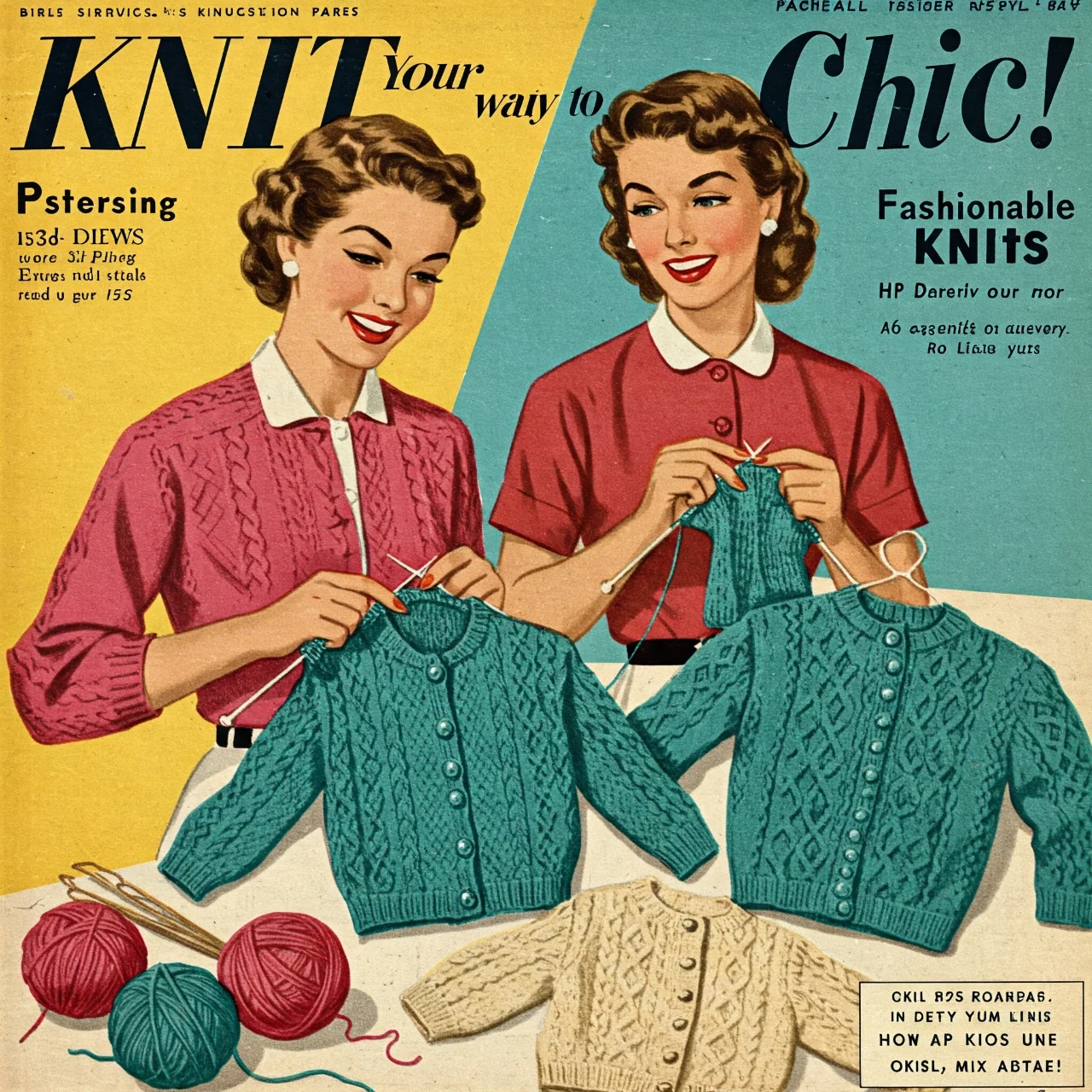
Unravel the fascinating history of knitting! From ancient origins to modern trends, discover 10 surprising facts about this beloved craft. #knittinghistory #historyofknitting
A Surprisingly Ancient Craft
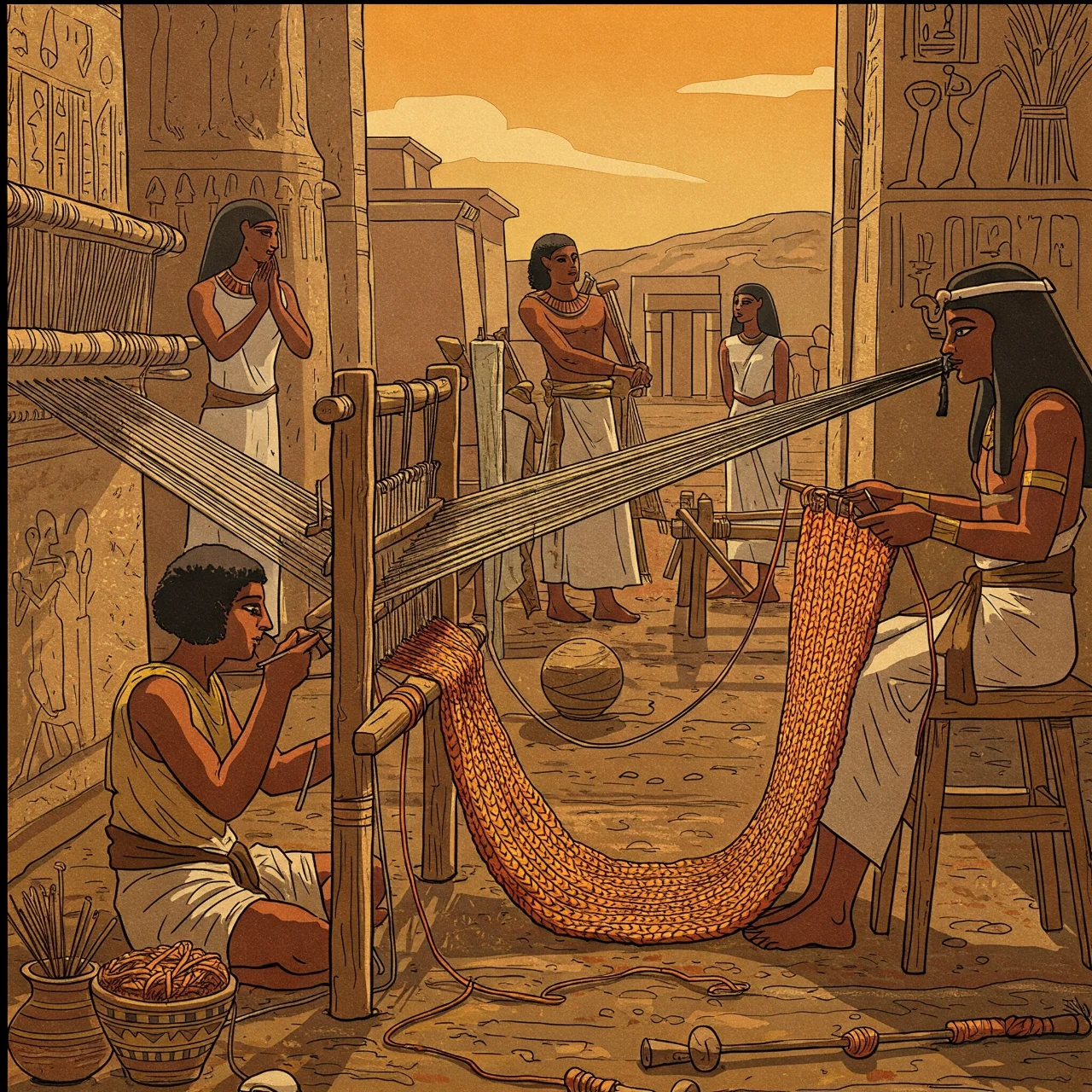
Think knitting is a quaint, Victorian pastime? Think again! While the earliest definitive evidence points to knitted artifacts from around the 11th century in Egypt, the origins of knitting are likely far older. Archaeological discoveries of early knitted pieces suggest the craft may have been practiced as early as the first millennium AD. This means knitting isn’t a recent invention, but an age-old skill passed down through generations, making it one of the oldest textile arts. Learning the history of knitting gives a deeper appreciation for its enduring appeal.
From the Middle East to Europe
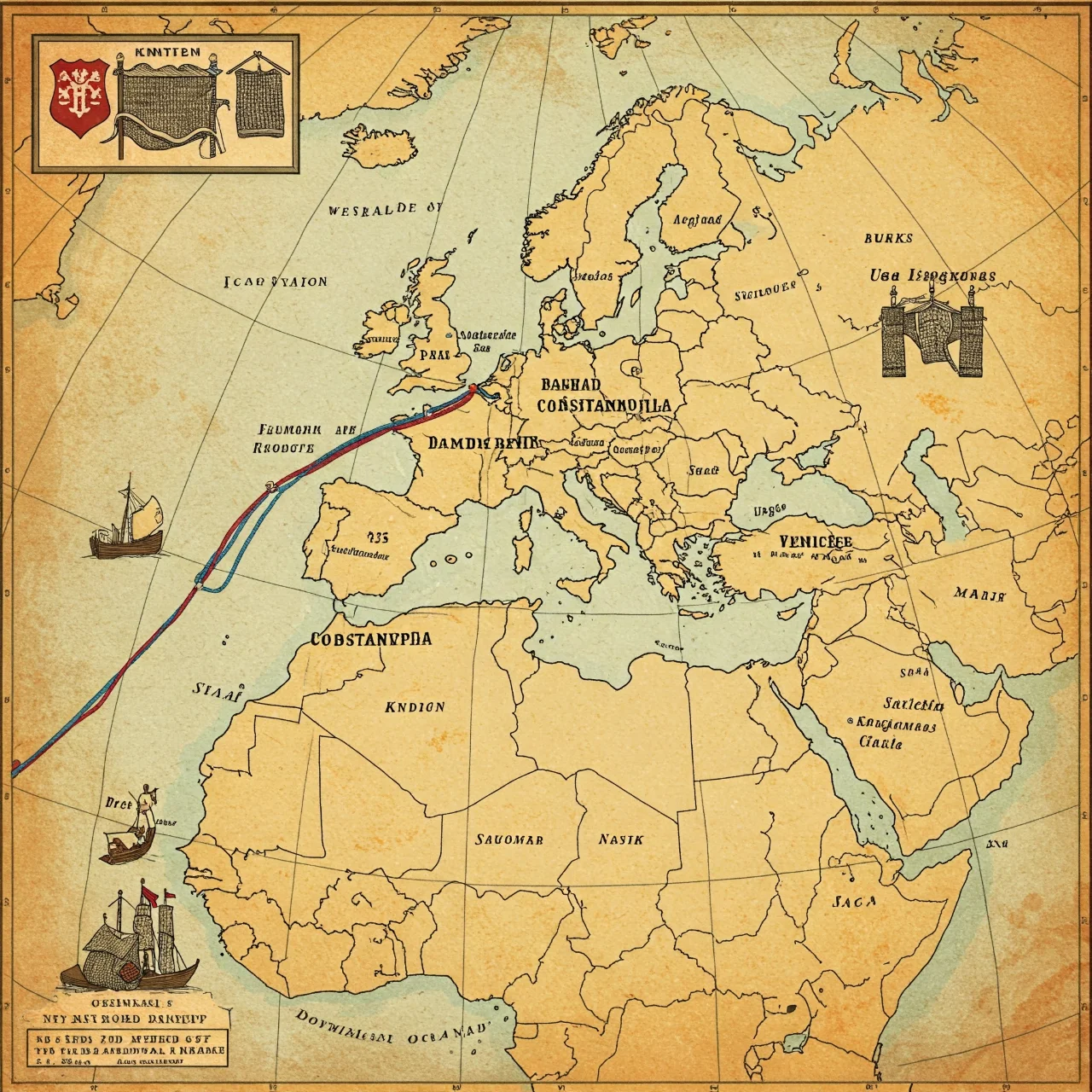
Knitting likely originated in the Middle East, specifically in areas encompassing modern-day Egypt and the Levant. From there, it slowly spread throughout Europe, carried by trade routes and migrating communities. The earliest European knitted items appeared in Spain and Italy around the 13th century. Guilds began to form, ensuring quality and regulating the craft. This dissemination wasn't instant; knitting’s journey across continents was a centuries-long process deeply tied to cultural exchange and commerce.
Knitting's Guilded Past
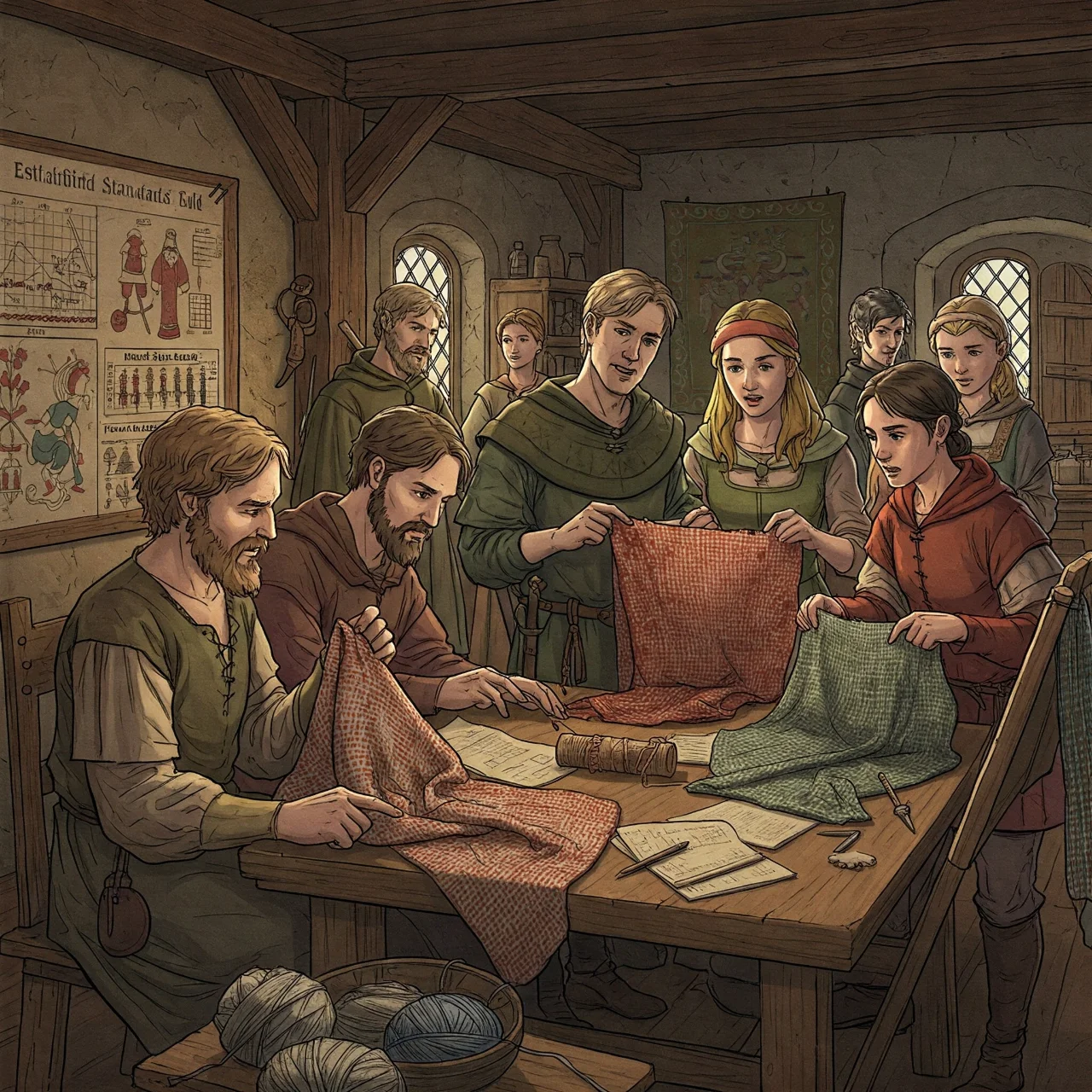
In medieval Europe, knitting was a highly regulated profession. Knitting guilds, similar to those for weaving and other crafts, were established to protect knitters' interests and maintain standards. These guilds controlled the production, sale, and quality of knitted goods. Membership often involved rigorous training and apprenticeship. Being part of a guild signified skill and trustworthiness, influencing the burgeoning knitting industry and its impact on everyday life. Understanding this historical context highlights knitting's economic significance.
The Rise of Knitting Stockings
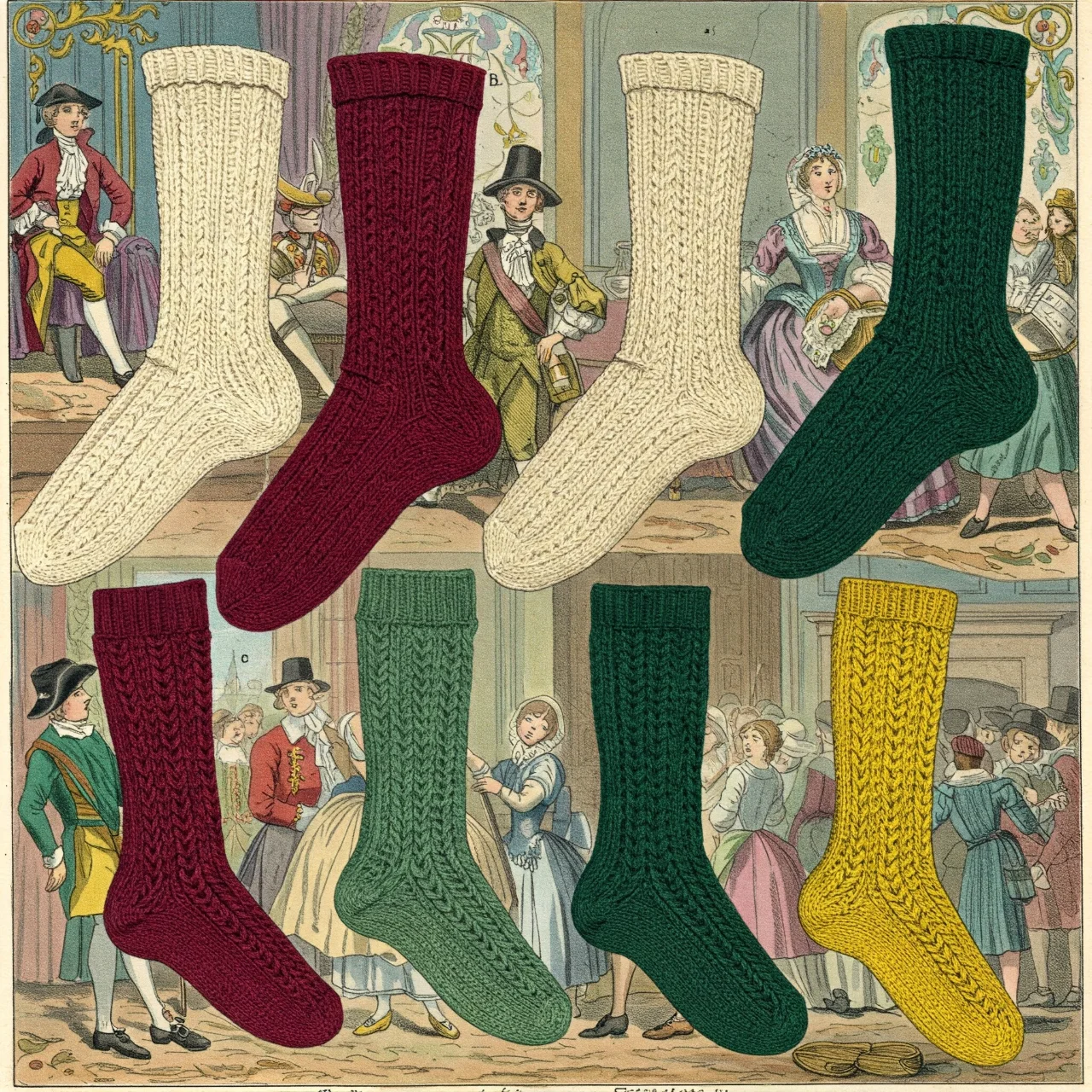
Among the earliest widespread knitted items were stockings! Before knitting, people relied on cut-and-sewn fabric for legwear, which was less comfortable and durable. Knitted stockings, with their seamless construction, provided a superior fit and enhanced comfort. This demand fueled the growth of the knitting industry, particularly for sailors and soldiers. The ability to produce perfectly fitted hosiery quickly made knitting a highly valued and popular skill, changing clothing history.
Knitting and the Industrial Revolution
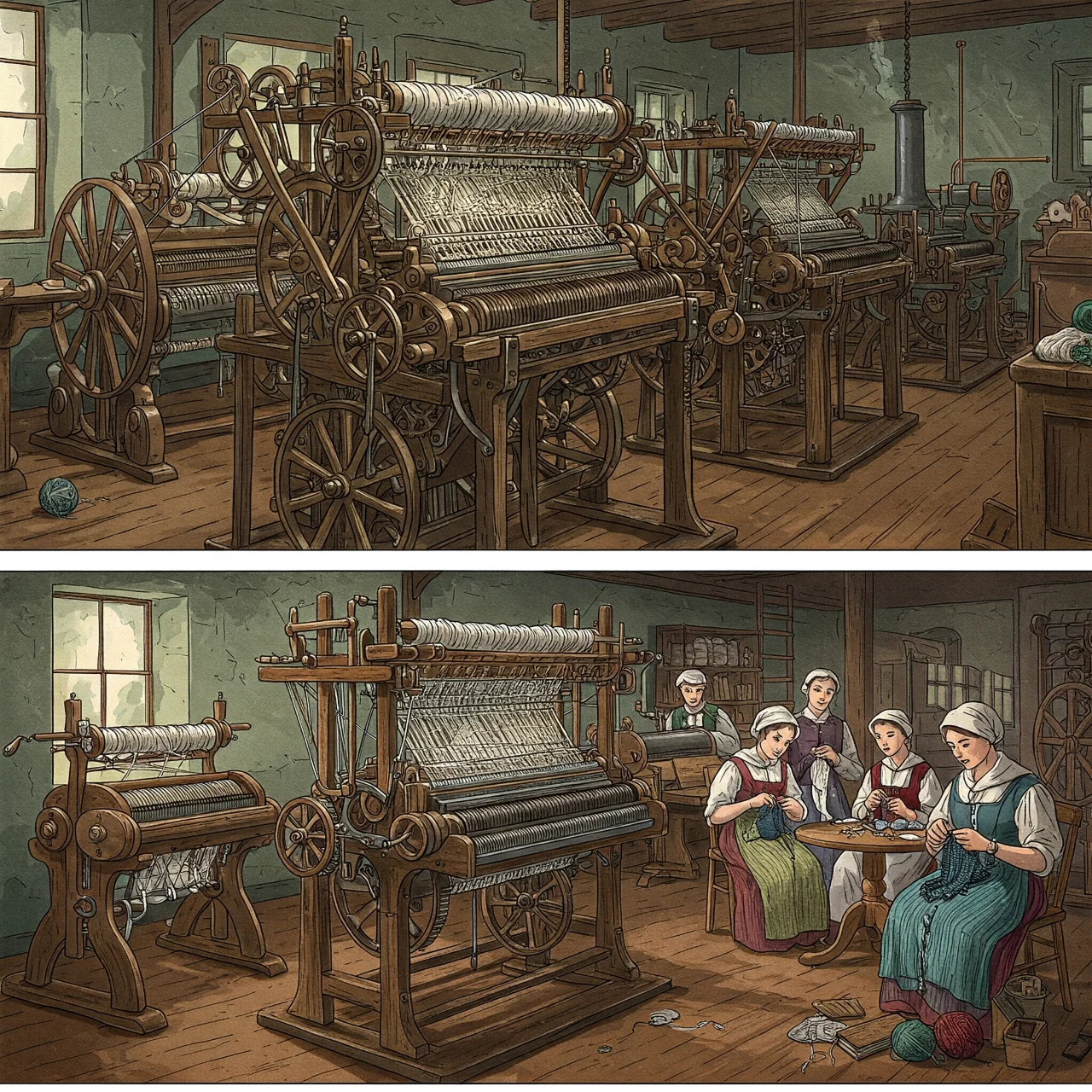
The Industrial Revolution dramatically impacted knitting. The invention of knitting machines in the 16th century, and their subsequent refinement during the 18th and 19th centuries, revolutionized production. While hand knitting persisted as a domestic craft, machine-made knitted goods became increasingly affordable and widespread. This shift caused both opportunities and hardship for hand knitters, altering the landscape of the knitting world forever. It initiated the mass production of knitted items that continues today.
Knitting During Wartime
Knitting played a crucial role in supporting wartime efforts. During both World Wars, citizens were encouraged to knit socks, sweaters, and other items for soldiers. “Knit for Victory” campaigns were common, demonstrating the patriotic value of the craft. The skills & materials sent offered warmth & comfort to troops. This wasn't just about providing necessities; knitting served as a therapeutic activity and a way for civilians to contribute directly to the war effort. The history of knitting is filled with stories of community support.
The 1950s Knitting Boom

The 1950s saw a massive resurgence in knitting's popularity, fueled by post-war prosperity and the desire for handmade goods. Colorful synthetic yarns became widely available and affordable, inspiring a new generation of knitters. Fashion trends embraced knitted garments, further boosting the craft’s appeal. Knitting patterns became ubiquitous in magazines and newspapers, making it remarkably accessible for anyone to learn. It was a golden age for home crafting and DIY culture.
The Decline and Rebirth in the 1980s & 90s
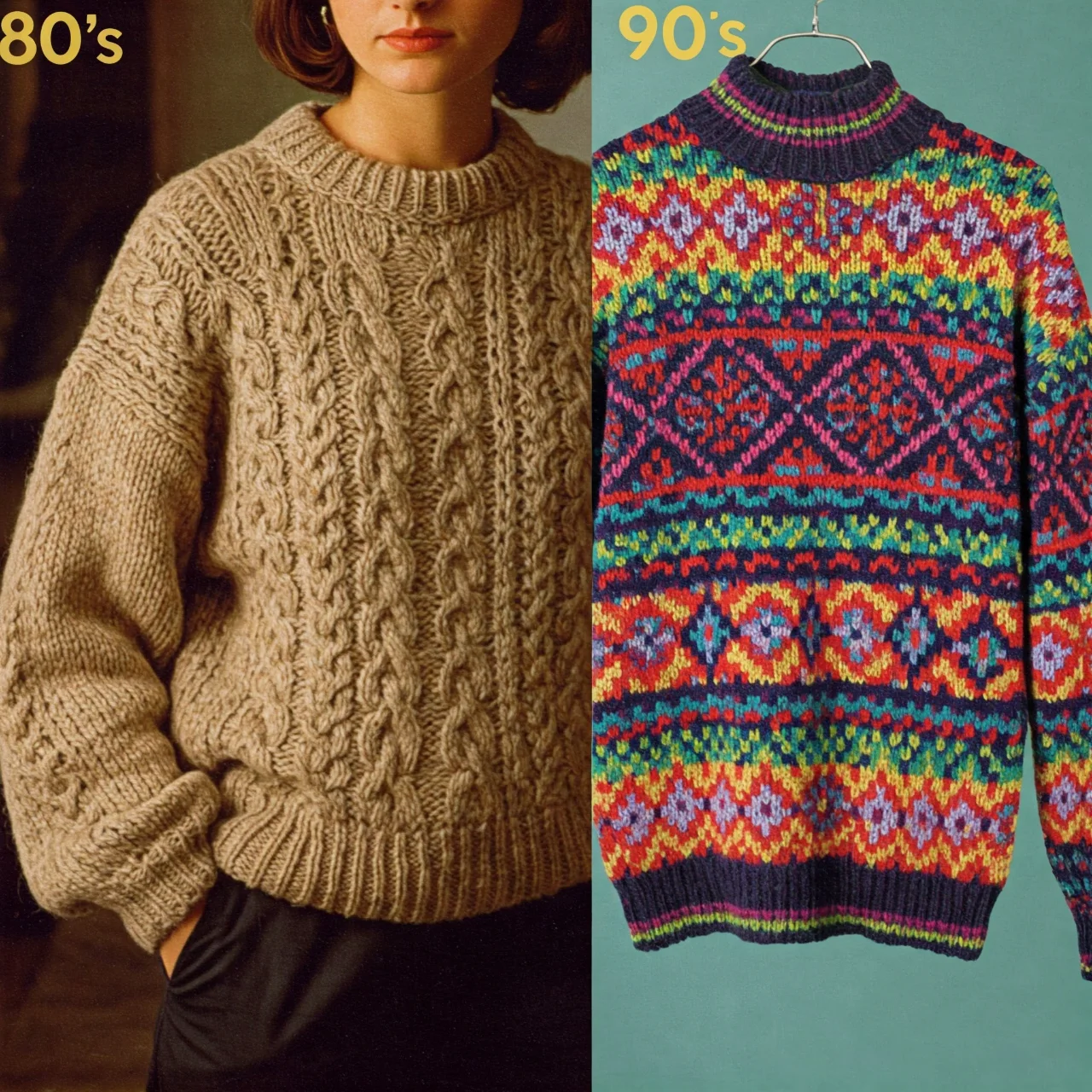
Knitting experienced a decline in popularity in the 1980s and 90s, often associated with outdated traditions. However, this period also sowed the seeds for a comeback. A growing awareness of slow fashion and a desire for unique, handmade items began to emerge. Smaller, independent yarn shops started offering higher-quality materials and workshops, attracting a new demographic of craft enthusiasts. This subtle shift signaled a renewed appreciation for the artistry of knitting.
The Modern Knitting Renaissance
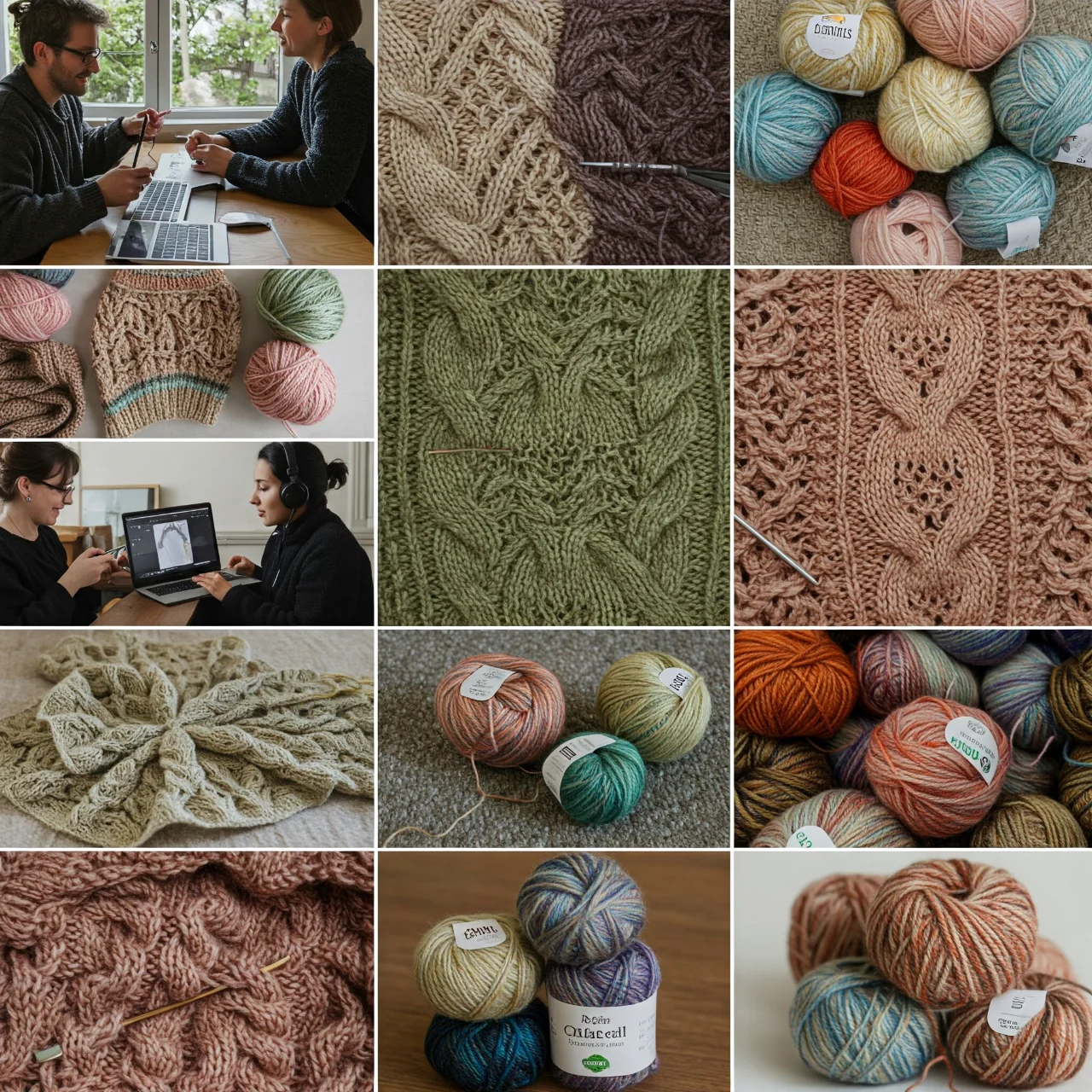
The 21st century has witnessed a remarkable knitting renaissance, fueled by the internet and social media. Online communities, blogs, and platforms like Ravelry have connected knitters worldwide, fostering creativity and collaboration. There's a renewed emphasis on sustainability, ethical sourcing of materials, and the therapeutic benefits of handcrafting. From intricate lace designs to bold, modern patterns, knitting is thriving as both an art form and a mindful activity.
Knitting’s Future Looks Bright

Knitting continues to evolve, with designers pushing boundaries and incorporating new technologies. From 3D knitted garments to personalized pattern generation, the possibilities are endless. The ongoing interest in slow living, mindfulness, and handmade goods suggests that knitting will remain a relevant and cherished craft for generations to come. Its ability to provide creativity, relaxation, and a tactile connection to tradition secures its place in the future of crafts.
Comments
Loading comments...